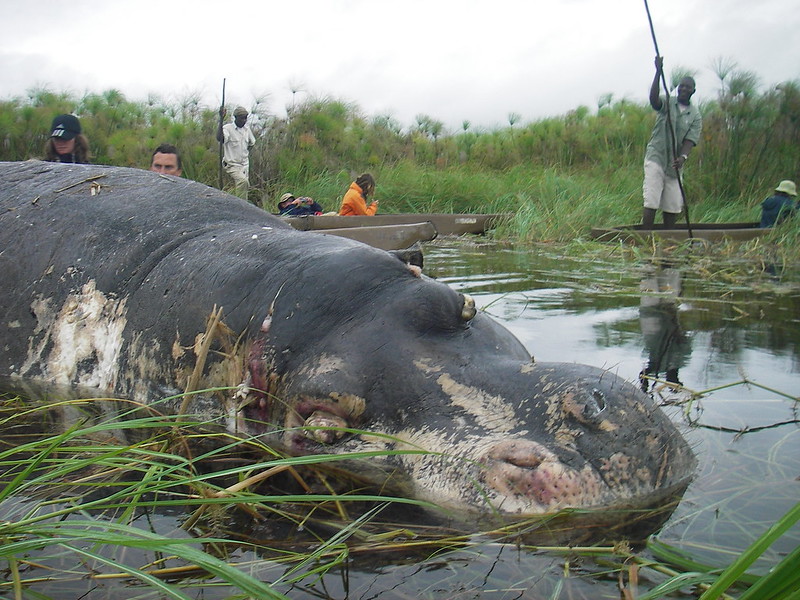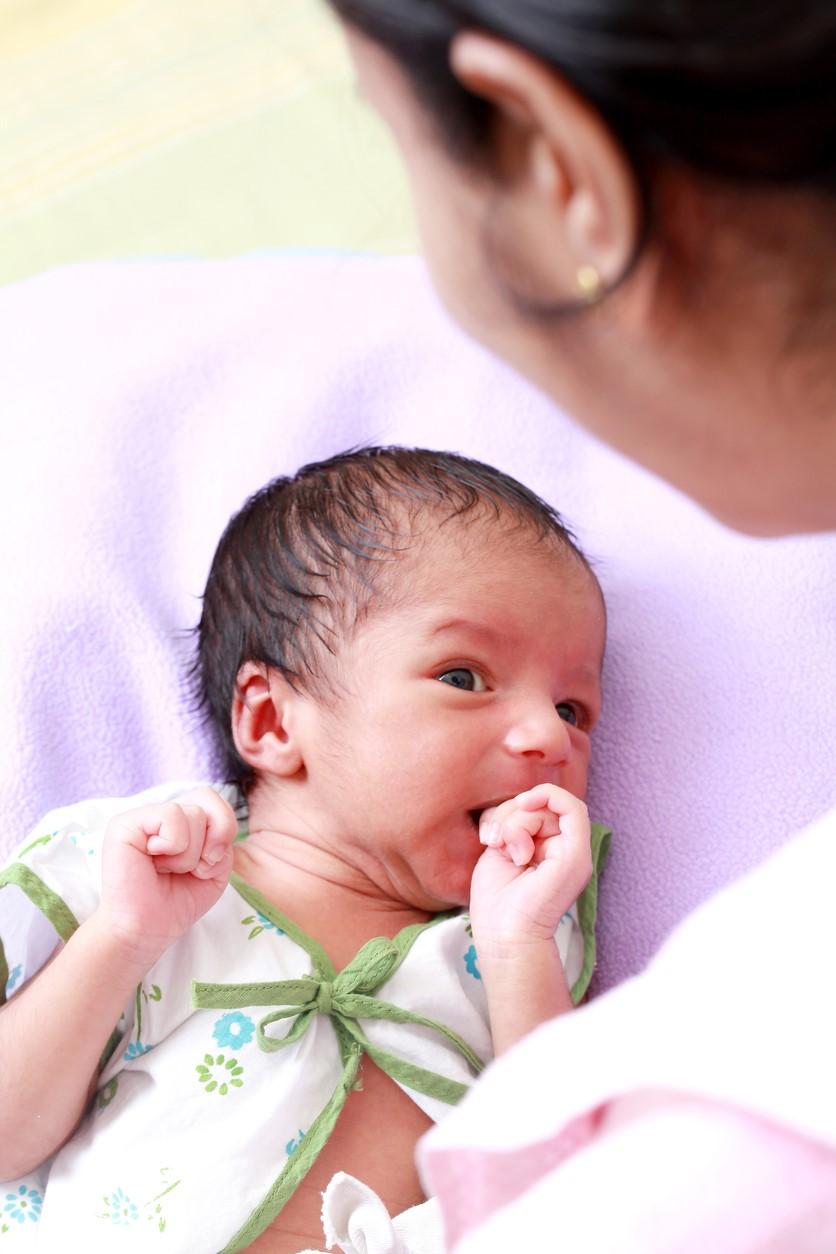Health authorities in the Democratic Republic of the Congo (DRC) are scaling up the response to an anthrax outbreak in North Kivu province that has so far resulted in 16 suspected cases, 1 confirmed case, and 1 death, according to a statement today from the World Health Organization (WHO), which is supporting the efforts.

The epicenter is four health districts around Lake Edward that border Uganda, where seven related suspected anthrax cases have been reported on the other side of the lake. In an April weekly disease update, the WHO’s African regional office said seven people in Uganda’s Kabale district had signs of cutaneous anthrax after slaughtering cattle.
Infections follow reports of animal deaths, including hippos
In the DRC, initial alerts on March 22 were posted after dozens of buffalos and hippopotamuses died in Virunga National Park, which includes part of Lake Edward.
The WHO said efforts are under way to vaccinate livestock in communities near rivers and that veterinary teams are working to safely dispose of animal carcasses. Health officials are also conducting public awareness campaigns to enhance preparedness.
Anthrax is a bacterial disease that mainly affects animals, but people can contract the disease directly or indirectly from infected animals or from exposure to contaminated animal products. The disease manifests as three forms in humans, and cutaneous infections are most common, occurring when spores come into contact with broken skin. Gastrointestinal infections result from eating contaminated meat, and inhalational anthrax—the rarest type—results from breathing in spores.
In 2023, an anthrax outbreak in Zambia resulted in nearly 700 cases, 4 of them fatal. The outbreak was tied to eating or butchering meat from infected carcasses, including dead hippos.













